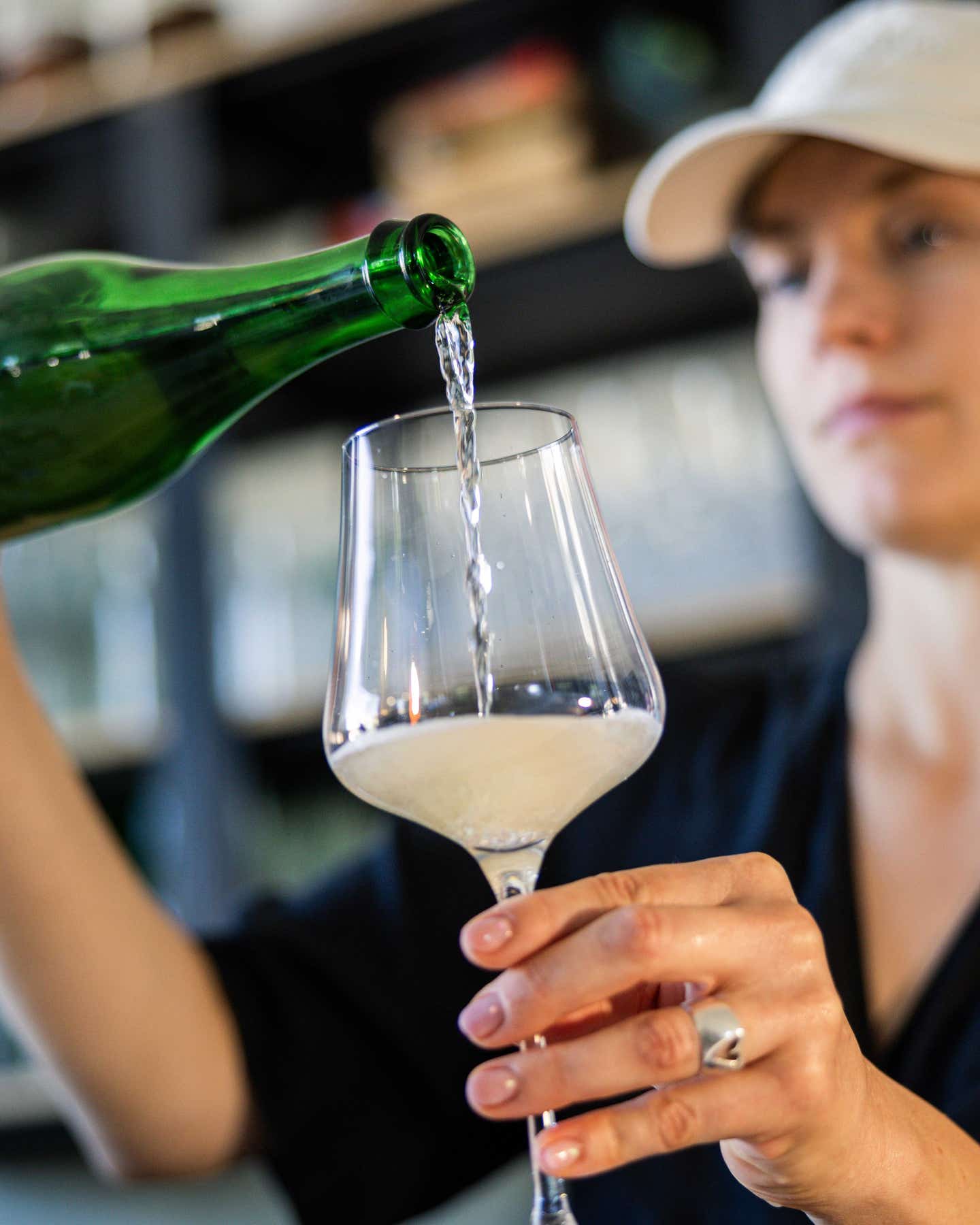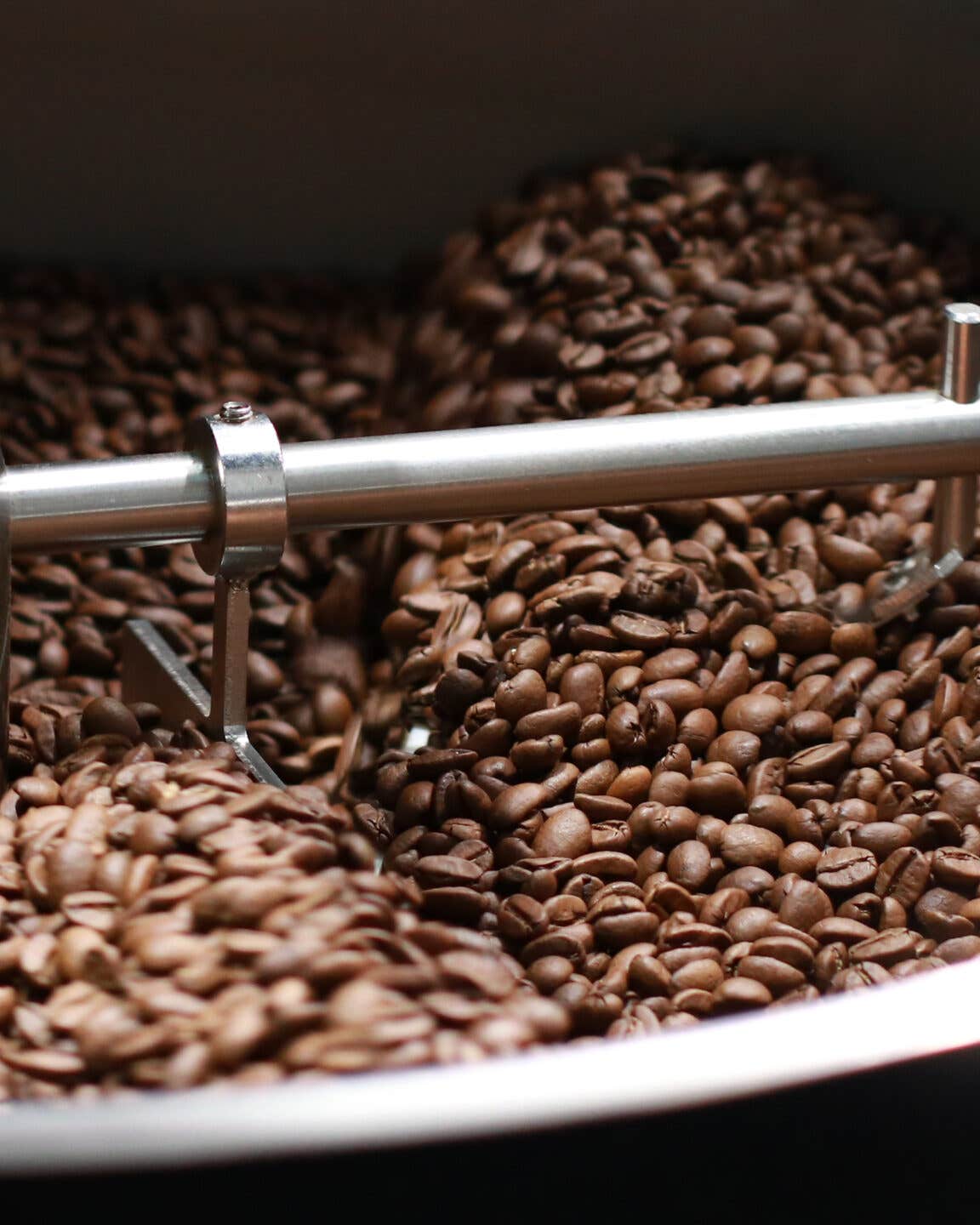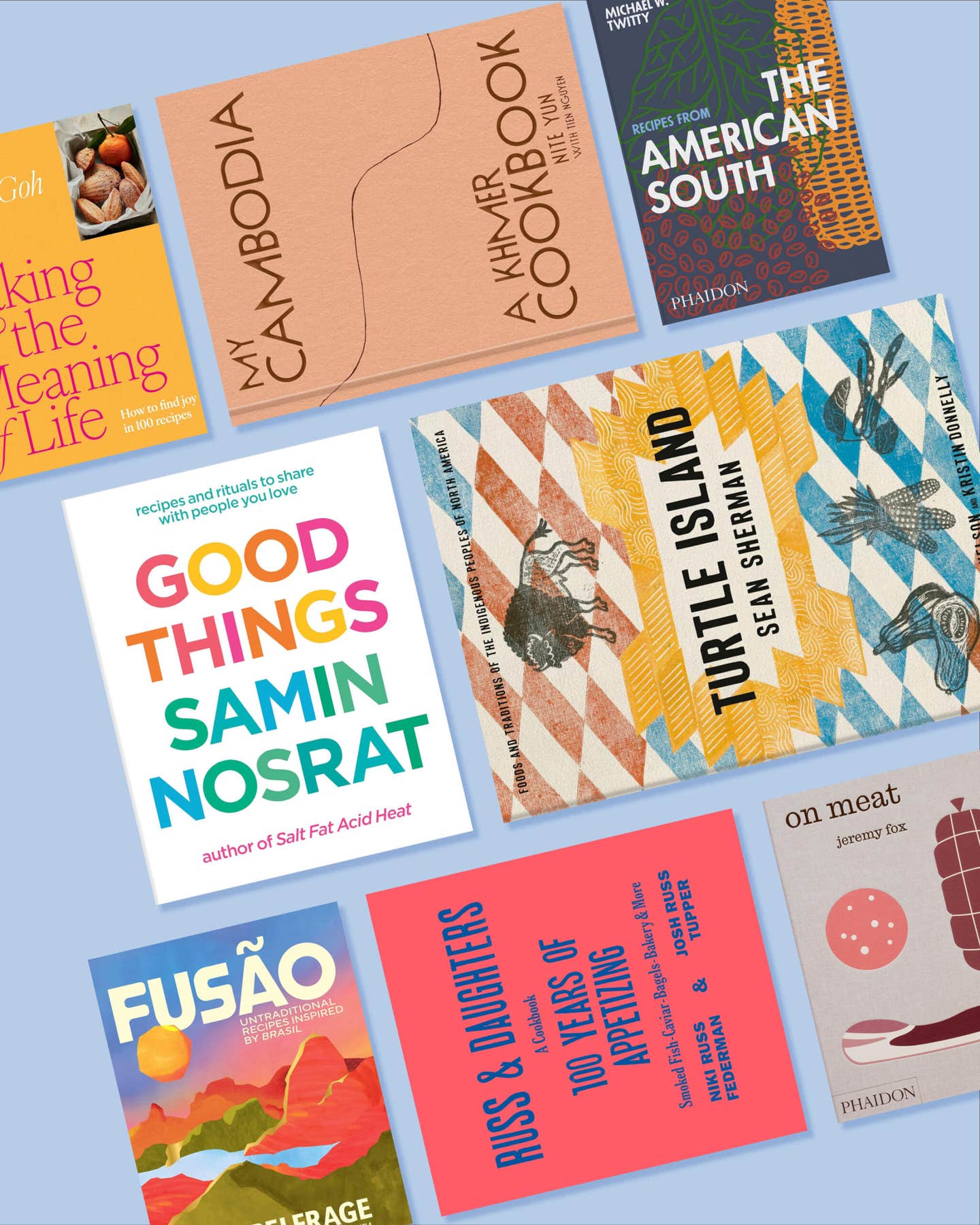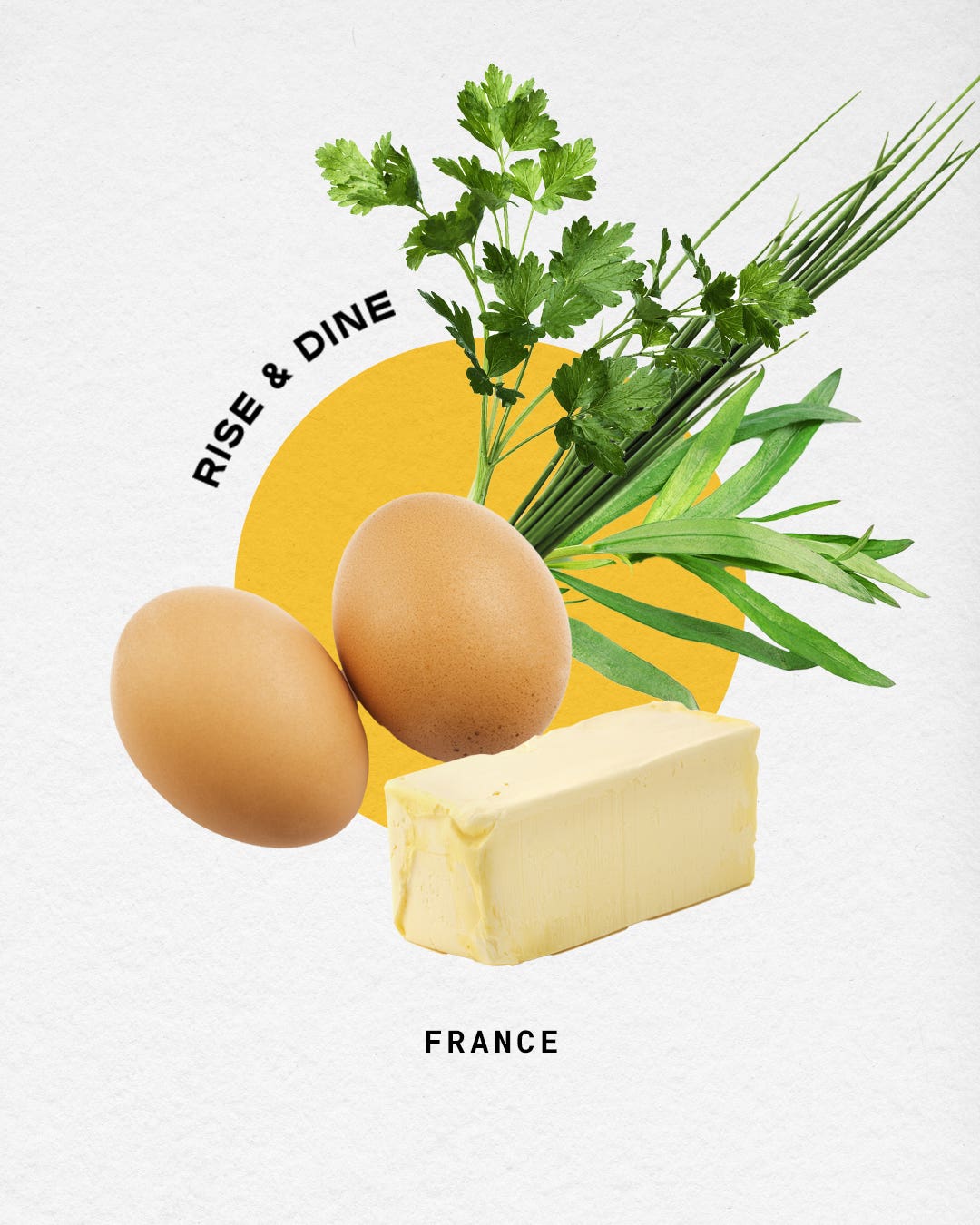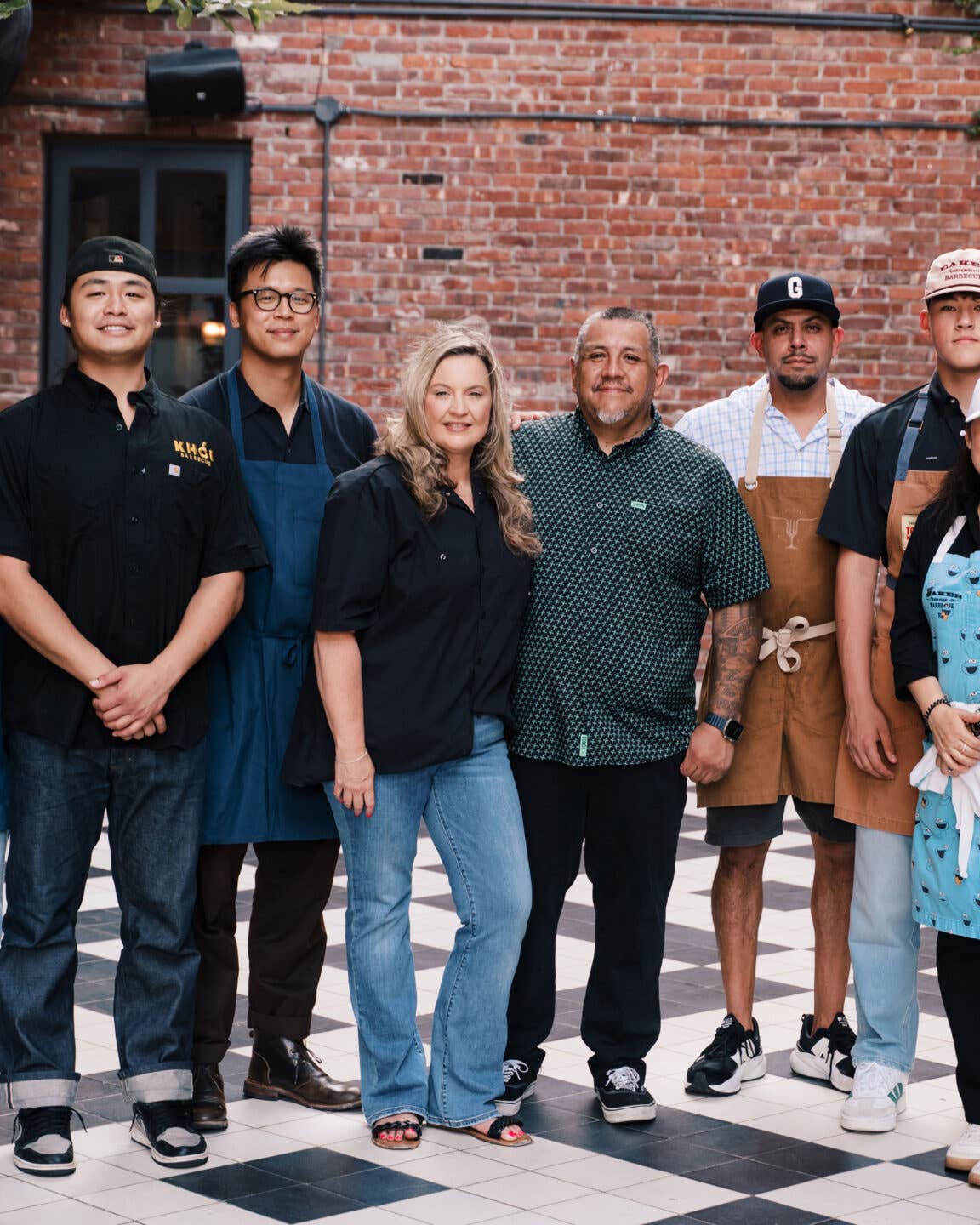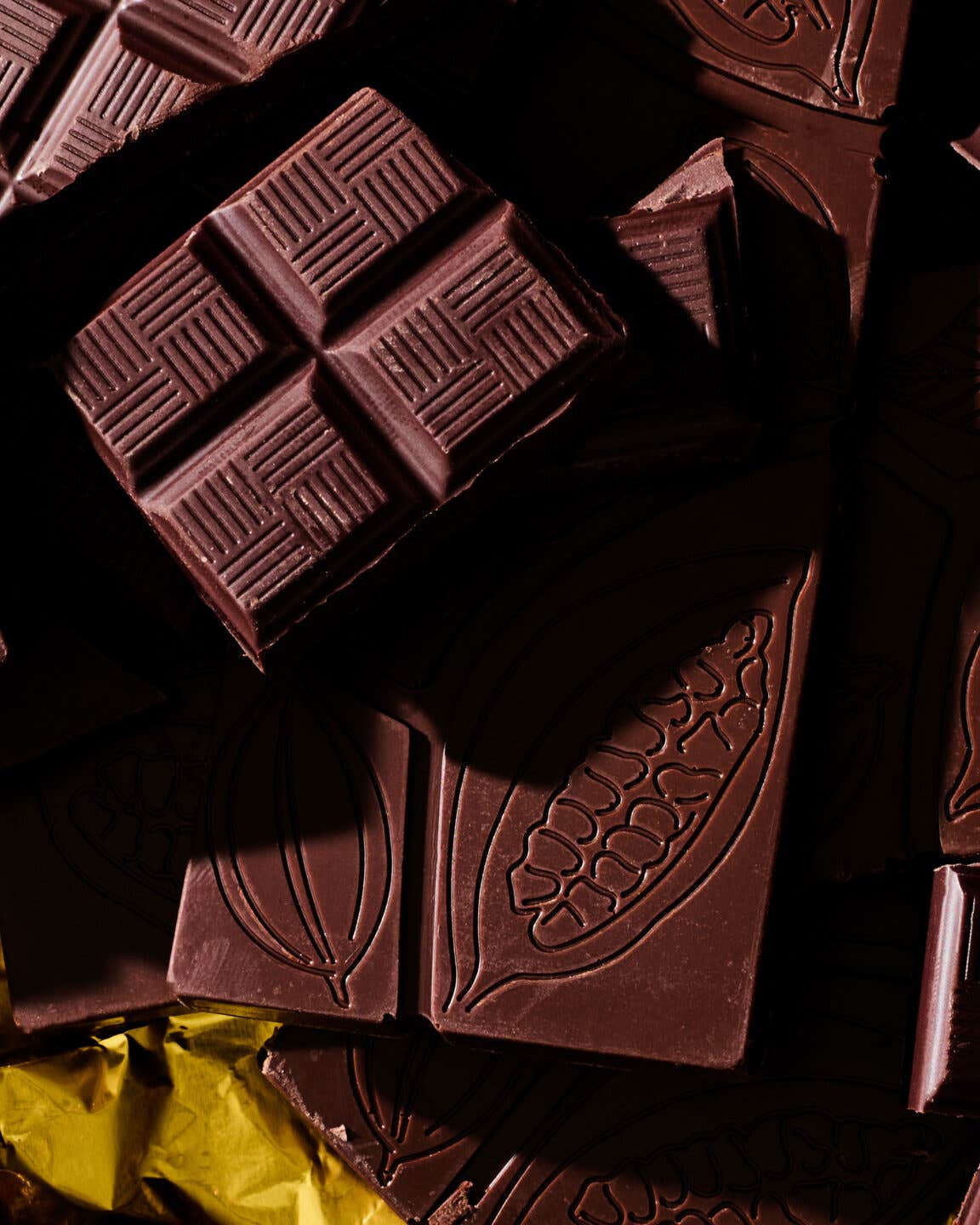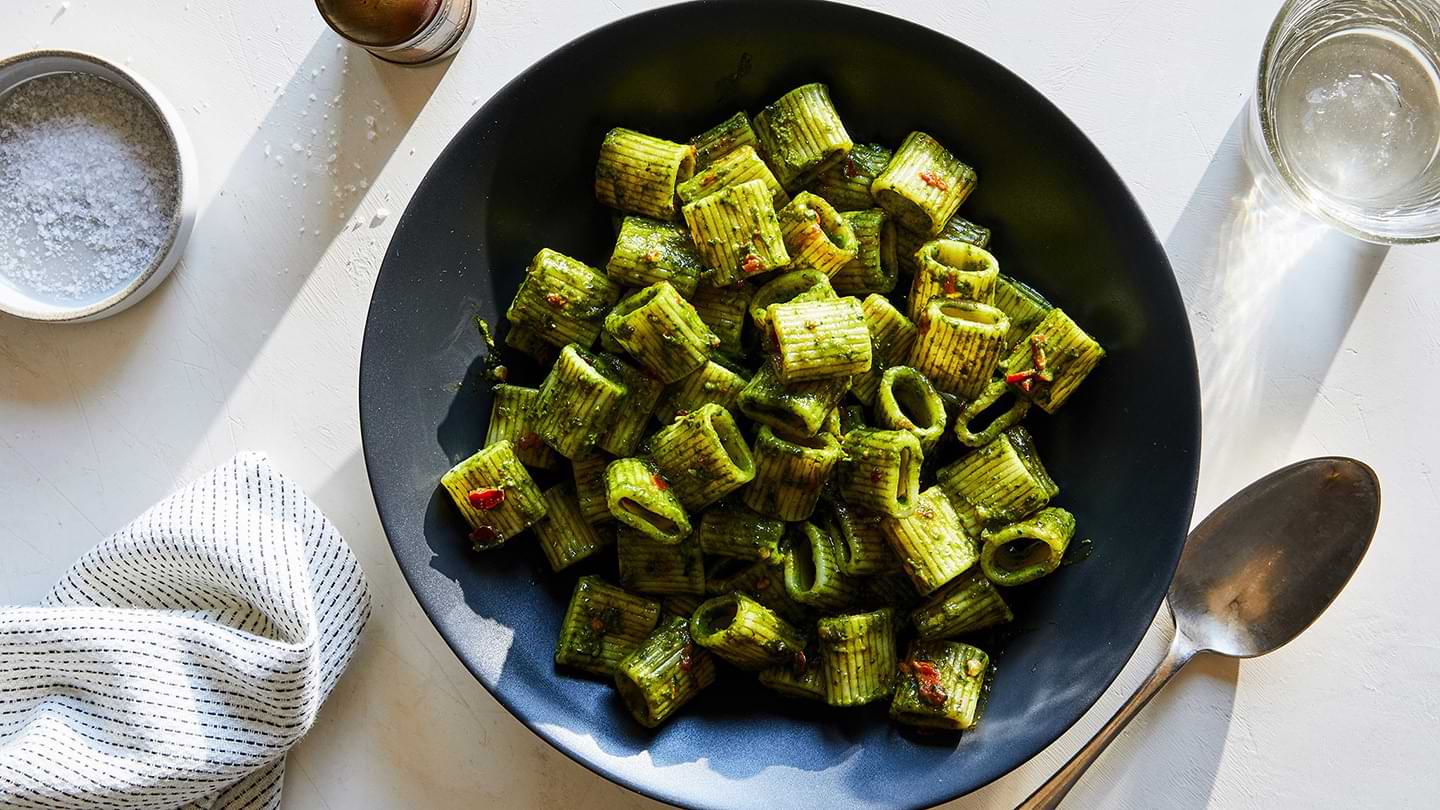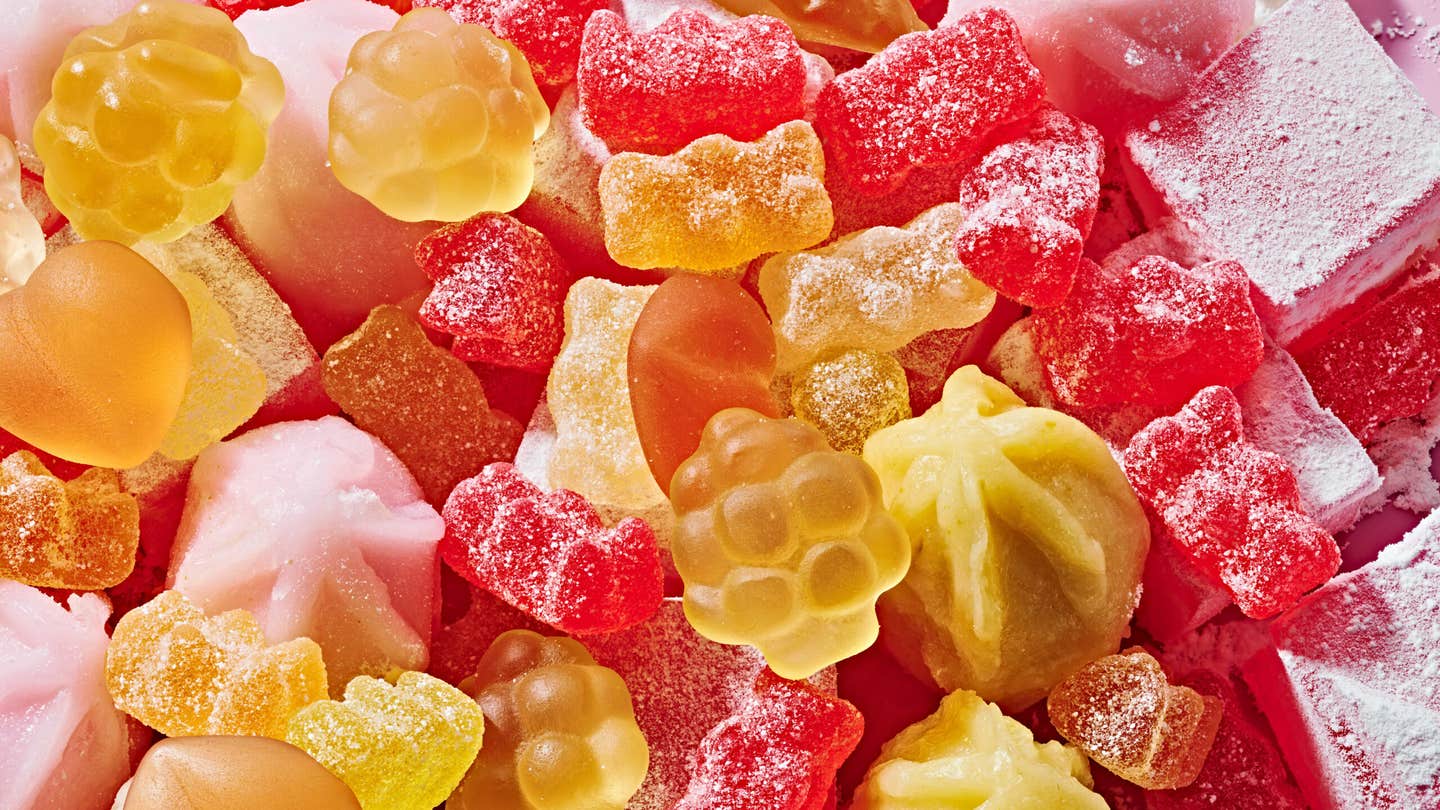
That Chewy, Bouncy Texture You Love Has a Name
Whether in boba tea, cuttlefish, or cassava dough, QQ connects people across cultures and generations.
This piece originally appeared in SAVEUR’s Spring/Summer 2025 issue. See more stories from Issue 204 here.
The English language has too few words to describe the textures of food. Innumerable sensations fall under the marquee of “crisp” or “crunchy,” but those terms fail to capture the nuances of, say, the juicy cleave of an apple versus the brittle crackle of a potato chip.
Language, or a lack thereof, can shape perception. Sometimes, pinning a word to an experience—umami, for example—can reveal a latent appreciation for something that was there all along.
Enter Q: the Taiwanese name for a range of textures that might be best translated as “bouncy.” Q is particularly coveted in Taiwan, but you can find an appreciation for this consistency across many cultures—in the snap of grilled cuttlefish, the tug of gummy candy, the spring of halloumi, the chew of fresh khao piak sen noodles, the jiggliness of spicy pig ears, and beyond.
Now the Q revolution is spreading: Donuts will never be the same now that glutinous rice flour has given us a mochi-fied version. Boba, perhaps Taiwan’s most popular culinary export, is currently available at Starbucks (although some argue the coffee chain didn’t get the springy tapioca balls quite right). Meanwhile, desserts such as Hawaiian butter mochi and Indonesian cenil captivate a new generation of pastry chefs with TikToks and reels awash with jiggles, squishes, and bounces.
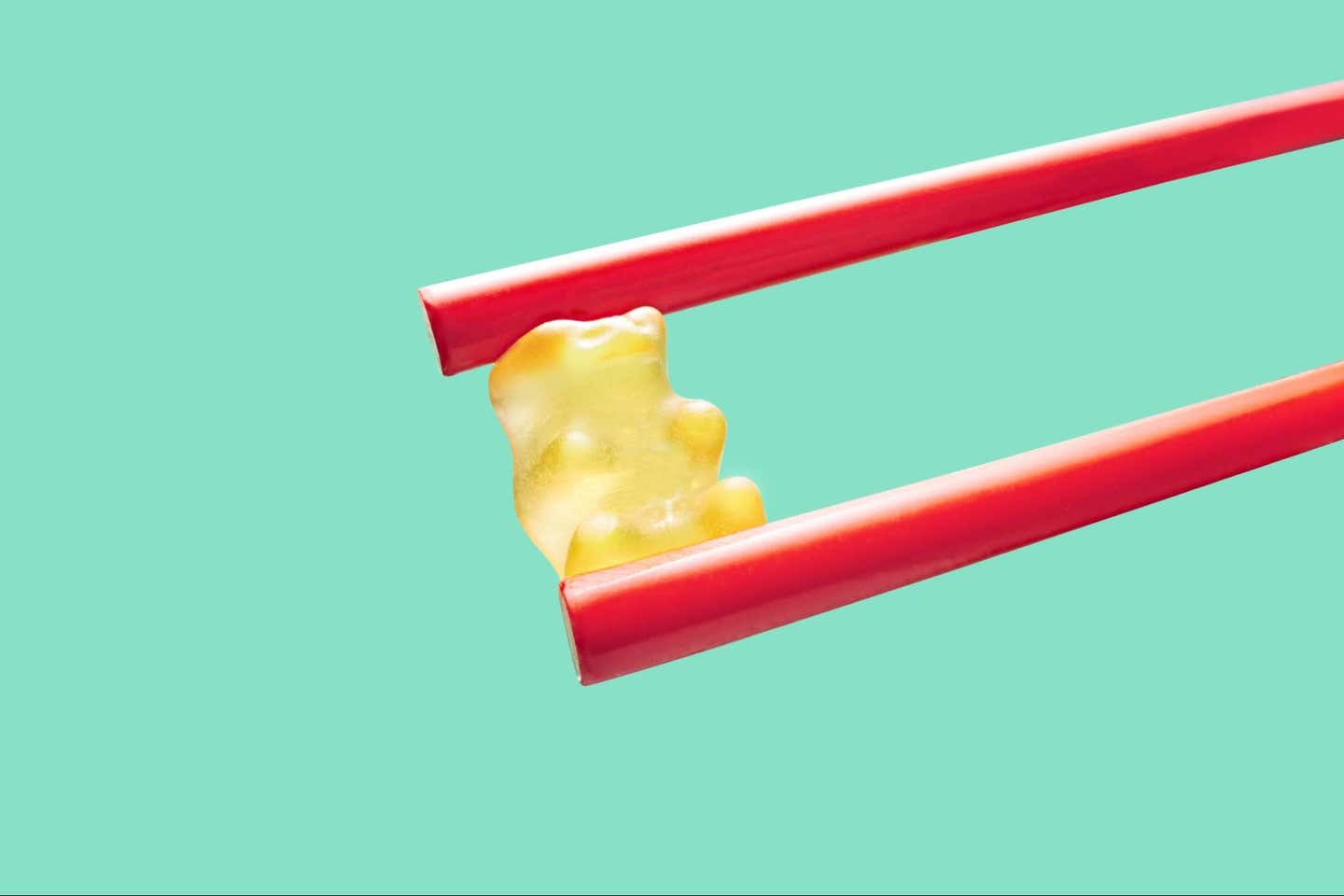
“Once you know Q, you’ll know if a boba place is good or bad,” says Kat Lieu, cookbook author and creator of the online community Subtle Asian Baking. For Q newcomers, she says, it helps to conjure up a Haribo gummy—the kind with a sturdy chew—to understand the quintessential Q sensation. But there’s also a range: Mochi is softer yet still bounces off the teeth, while pig ears have a cartilaginous crunch. The variety is what makes eating foods with Q so satisfying.
Christine Wong, author of the The Vibrant Hong Kong Table, tested her vegan curry fish balls more than 30 times to get the Q texture just right. The street food is beloved for its bounciness, and that’s what people flock to their favorite stalls for. “Of course there’s flavor involved,” says Wong. “But people are like, ‘Ah, this is the best bounciness.’”
“Food is texture and taste. If the taste is there but the texture is not, that can affect your experience,” says Jessica Liang, third-generation co-owner of Taiwanese restaurant Liang’s Village in Cupertino, California. For that reason, she says, “taste memories” really ought to include the consistency of the foods in question.
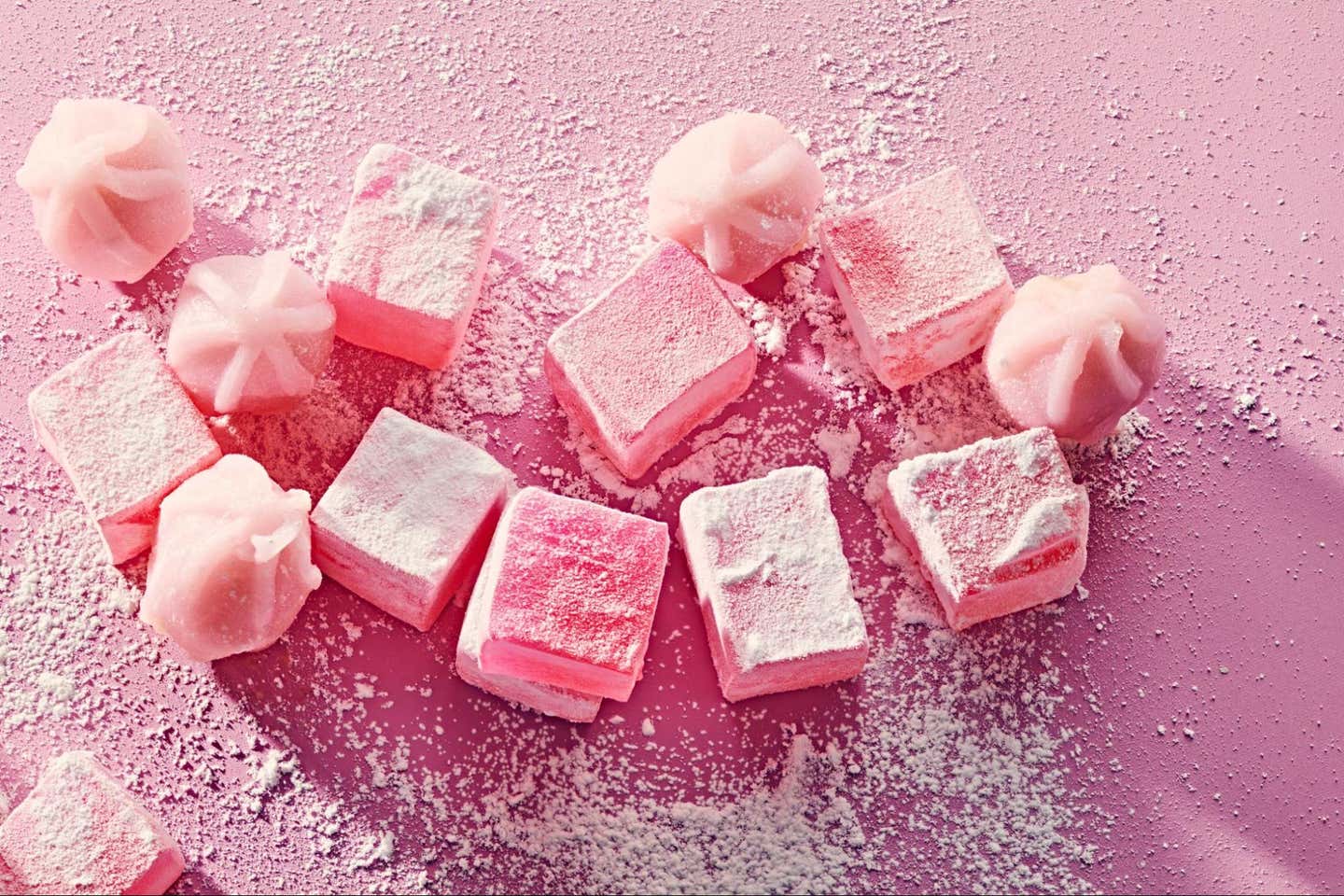
Liang suggests that these slippery, chewy textures are precisely what draw many people to certain foods in the first place—whether they know it or not: “They might not realize it’s the Q factor that’s causing them to like it.”
Recipes
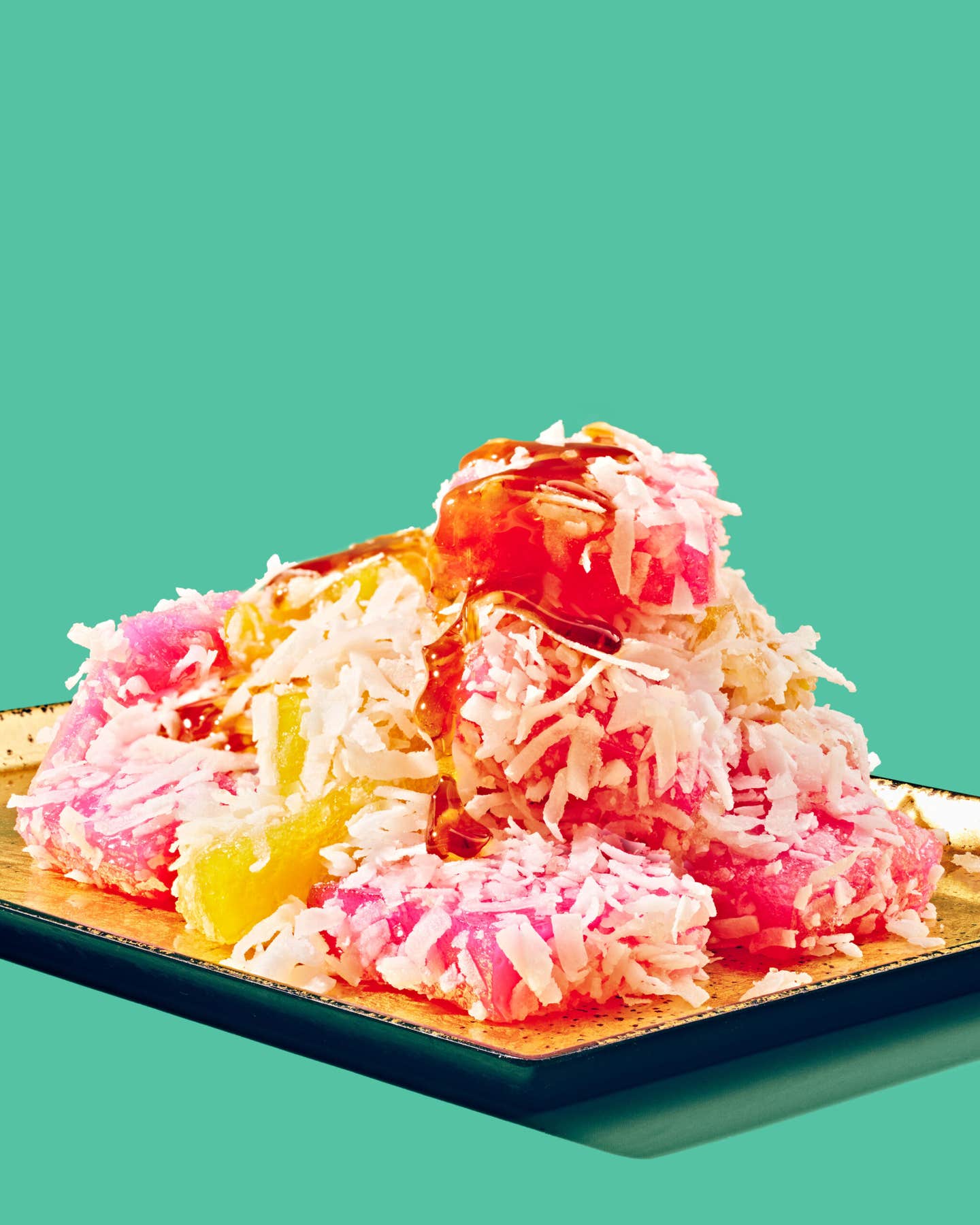
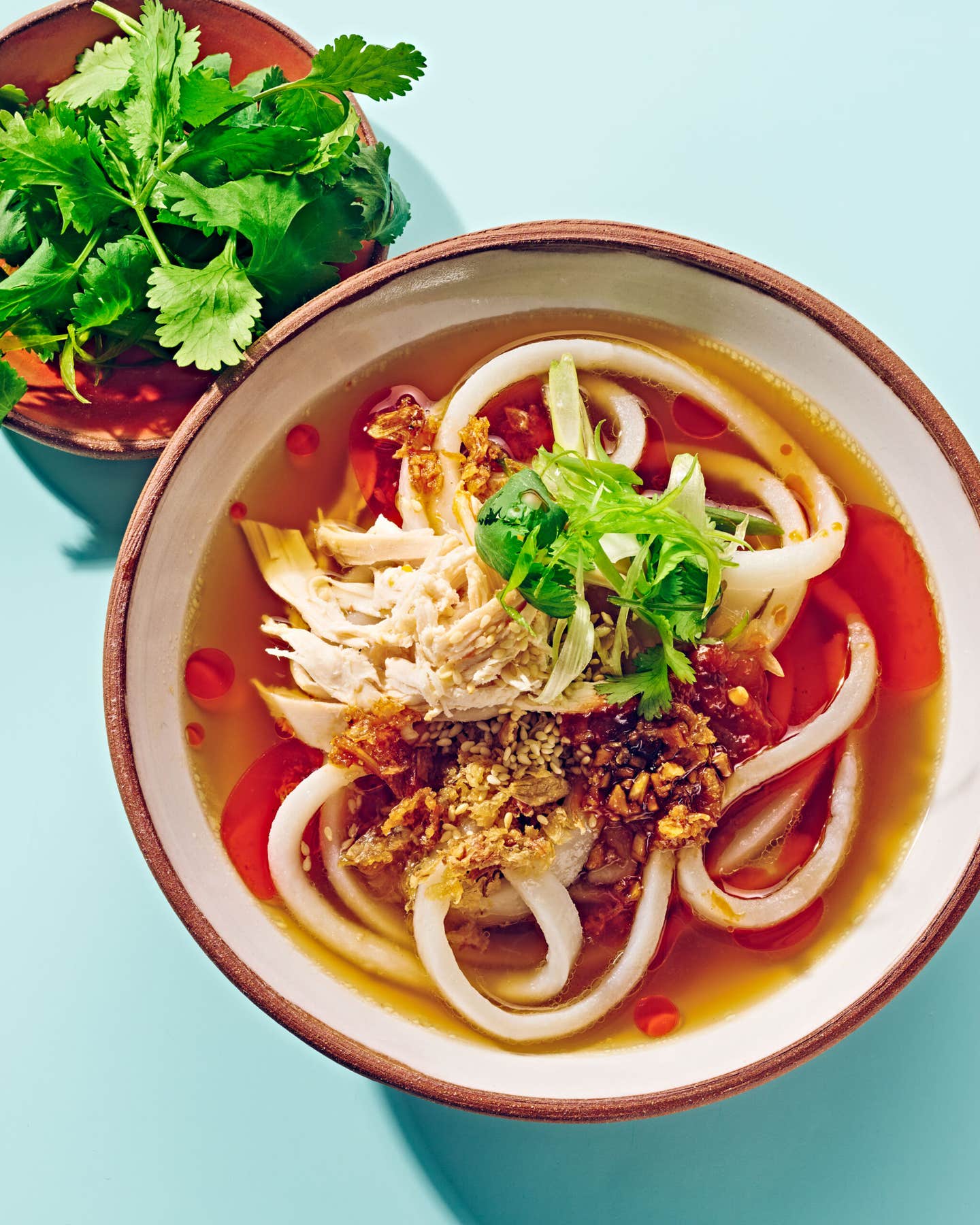
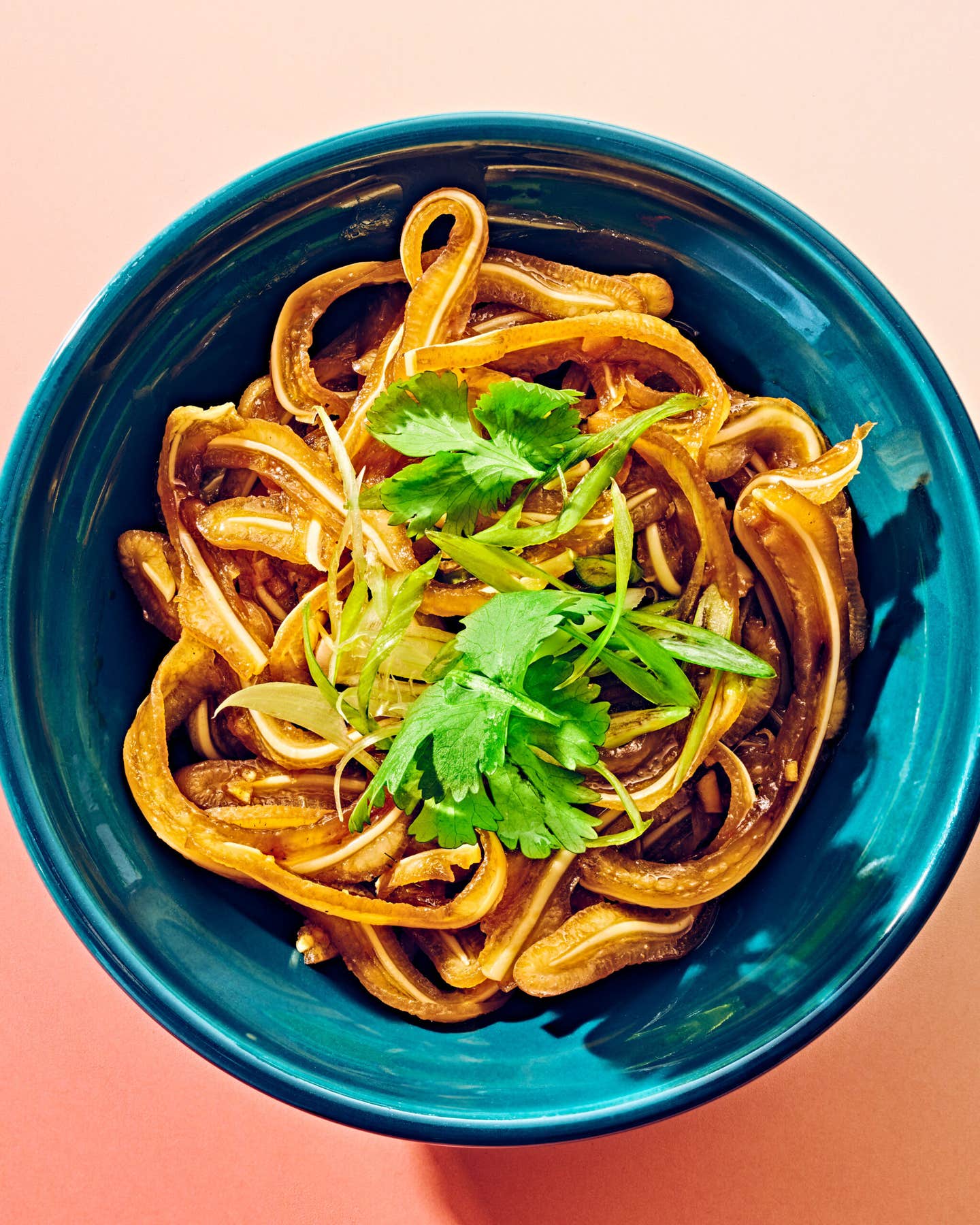
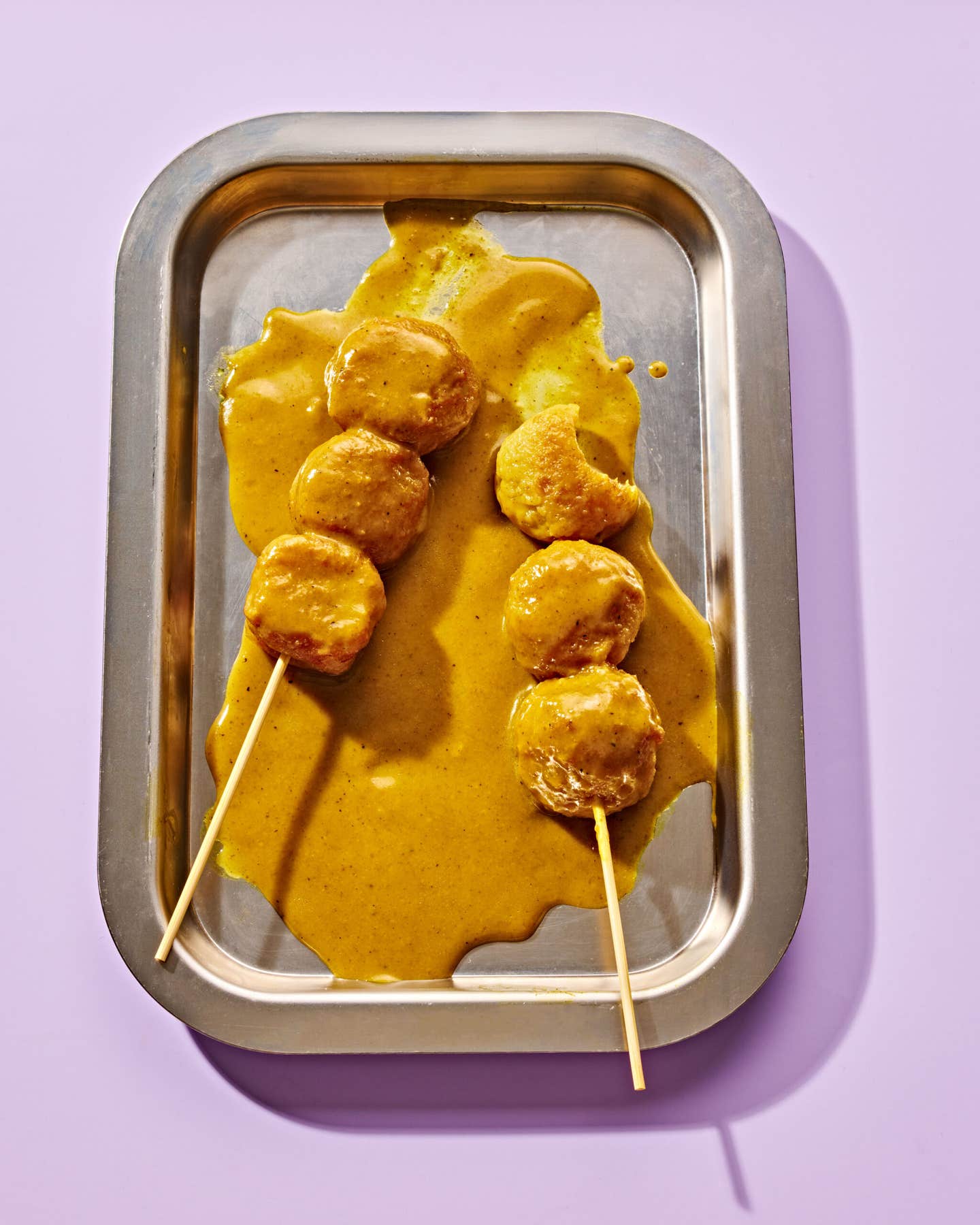
Keep Reading
Continue to Next Story
